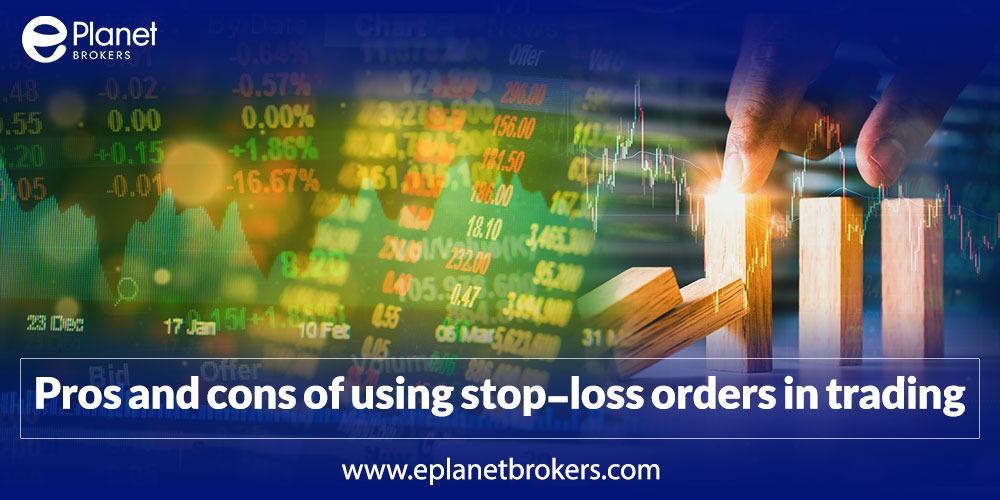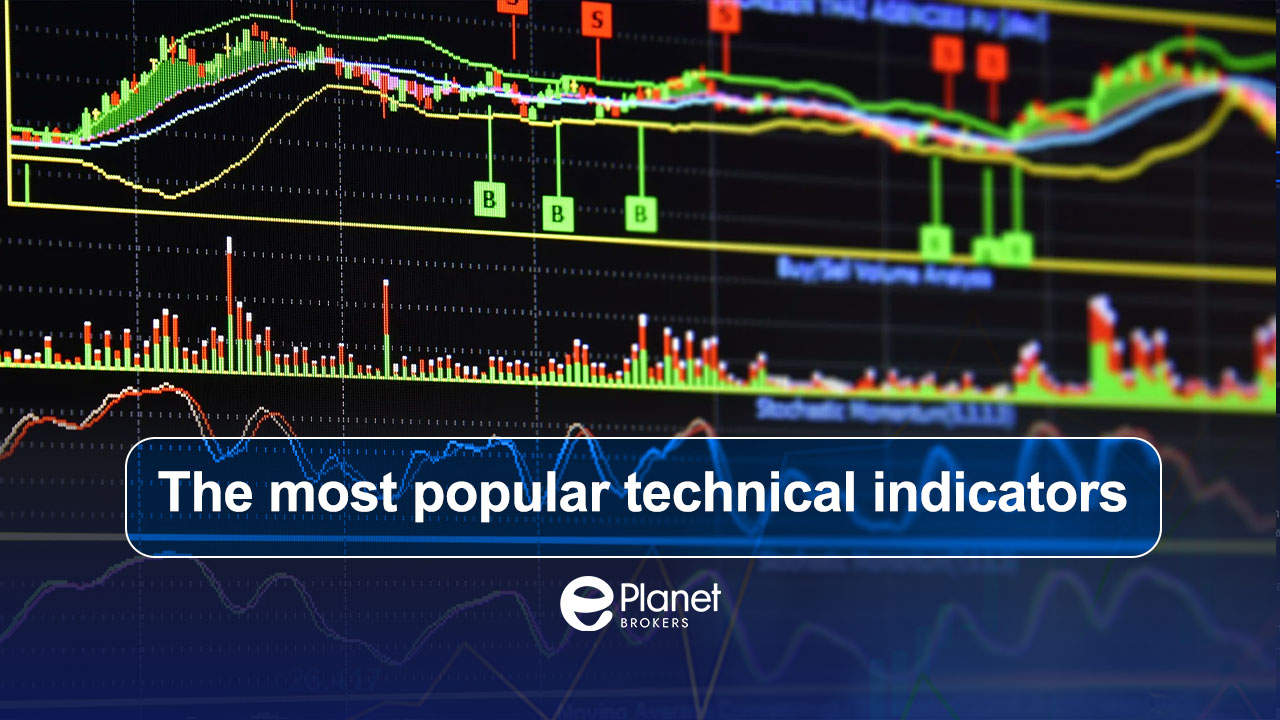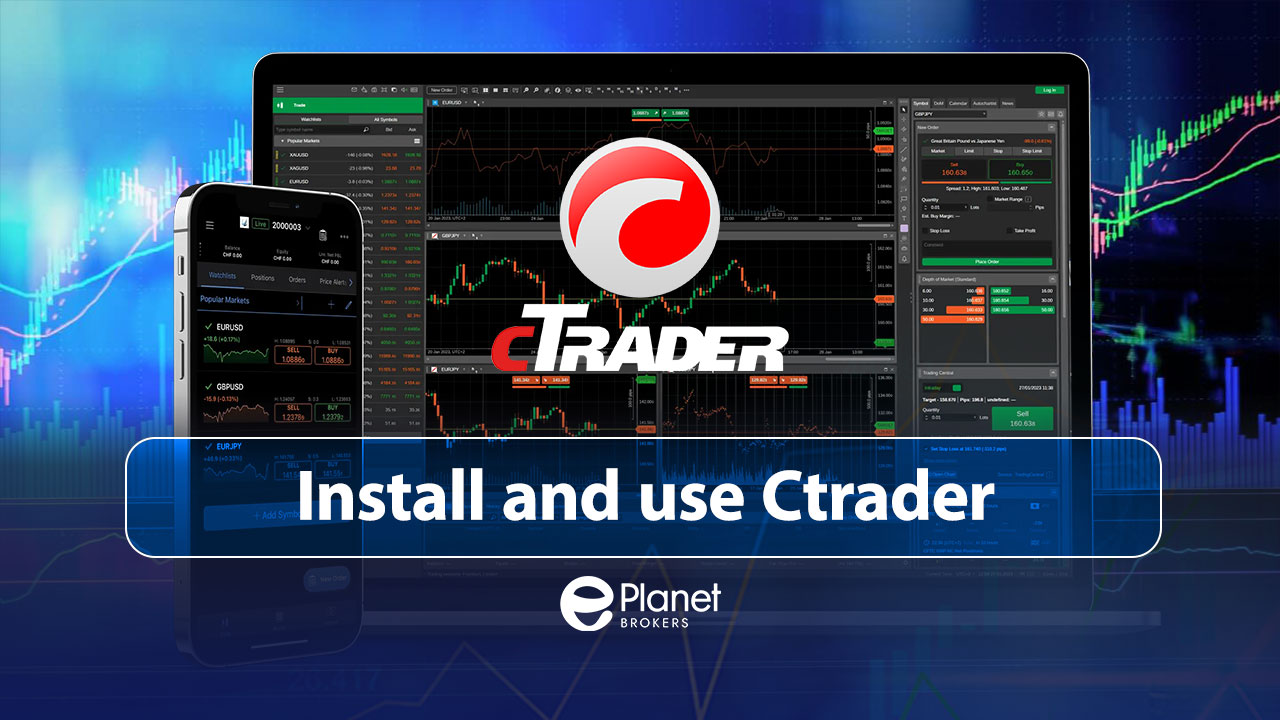Introduction
Risk management in forex includes a set of rules and measures that a trader observes and implements to protect account against irreversible losses. This includes some rules such as the requirement to use trading strategies and tools like stop loss, choosing the right trade size, managing the number of transactions, distributing the risk of portfolio and testing the strategy to make sure continuous profitability in the long term. Without setting the rules of risk management and sticking it, it is impossible for a trader to survive in the turbulent forex market.
Why is risk management important?
Your survival as a trader in the forex market requires having capital and protecting it. Basically, any possible loss threatens your presence in this market. Therefore, an experienced forex trader performs every action that is necessary to realize this to guarantee the continuation of its life in this market.
Risk management is the set of rules and measures which guarantees capital preservation and continued survival of trader in the forex market. Risk management is an inseparable element of a comprehensive and complete trading strategy which not being or breaking it means trade will be a form of gambling and the result is clear: leaving the market with capital loss.

Appropriate distribution of trades’ size
One of the risk management strategies is to choose the right trade size. In addition, when a trader tends to open several trades at the same time, he must distribute the size of the transactions in such a way to reduce risk.
It should be noted that the distribution of trade size is not necessarily carried out on transactions of different assets and can be implemented on one. For example, when a trader’s analysis for an asset is long, the trader has two ways for entry: the first way is to buy with maximum allowed trade size and wait for the position to reach the desired profit.
But the second way is to enter step by step that means to enter for instance 20% of the total volume at first and wait for the price signals to be issued then enter 50%. Finally, seeing the continuation of the trend and the continuation of the upward movement, trader can enter the last 30% in another order.
The proper distribution of trade size in trading portfolio has significant advantages which follows.
Management of potential losses
By distribution trade size between multiple orders, traders can manage their potential losses more desirable. If a large order goes against a trader’s position, the potential loss can be much greater than when the same position is broken up into smaller orders.
flexibility
Placing multiple orders and distributing trade size allows traders to adjust their positions as market conditions change. Traders can add or remove orders as needed to accommodate changing market conditions or take advantage of new opportunities.
Diversification
By placing several orders and distributing transactions in different currency pairs, positions will be diversified and overall risk reduced. This can help reduce the impact of a single trade against a trader’s position.

liquidity
Distribution of trade size can help ensure that the orders are filled quickly at the desired price. Large orders are more difficult to fill in a volatile market and may result in slippage or other adverse trading conditions.
trade size
Another risk management strategy is to limit and control the trade size. The relationship between transaction volume and risk management is direct and meaningful. Basically, the larger size of the entry in the trade, the greater the financial impact of the price movement in favor or against the position. Therefore, it is necessary to adjust the size of the transaction volume according to the level of risk.
Larger sizes increase the risk of exposure to market fluctuations means the more potential profits and losses. On the other hand, smaller trade size reduces potential profits as well as losses and are a more conservative approach to risk management. The key is to find a balance that aligns with the risk tolerance and trading strategy.
The appropriate trade size in Forex market is not the same. It varies from trader to trader depending on individual risk tolerance and account size. Calculating the right trade size requires an accurate assessment of the amount of risk accepted in a particular transaction in line with overall strategy and goals.
For example, a trader with a larger capital may prefer to choose larger trade size, while a trader with a smaller account may prefer to trade smaller volumes to reduce risk. In addition, the volatility of the price also plays an important role in determining trade size. In highly volatile assets, the trader needs to use smaller volumes for transactions due to the increased risk of large price changes.
A practical approach to determine the trade size is to use a risk management calculator. Input data include risk percentage, stop loss size and symbol type and output will be the trade size. This ensures that each trade is aligned with pre-defined risk parameters, thereby protecting account from excessive risk.
The use of alerts in risk management
Some traders prefer to use alarms and warnings to manage trades and risk management instead of using automatic orders such as stop loss and take profit. In this method, suppose that a trader has entered a long position in GBPUSD at the price of 1.268 without stop loss and take profit orders. In this case, this trader should consider two alerts in his trading platform. One warning is related to the loss limit which is placed at 1.265, for example, and the next is the profit limit at 1.273. When the price reaches any of these, alarm informs trader to make decision to close or adopts any type of management on the transaction.
Using alerts instead of automatic orders has the advantage that potential loss-to-profit reversals are not missed, however it is necessary for managing the position immediately after the alarm, the trader must access the trading platform.
Advantages and disadvantages of using stop loss in trading
Robust risk management and stop-loss can be key strategies to success in forex market. Stop loss orders are basically automatic instructions that are set in a trading platform to close a position at a certain price to limit potential losses. Therefore, strategic use of stop-loss is essential in protecting capital against market fluctuations.
In general, the use of stop-loss in trading has advantages and disadvantages that are as follows.

Advantages:
- Stop loss orders are completely free for traders looking to go long or short, and Forex brokers do not charge extra fees.
- Stop Loss help to control over trades and determine the risk.
- Stop loss orders can save time. Not using it will be time-consuming on the chart which can be very stressful.
- Stop loss orders are easy to execute.
Disadvantages:
- Setting a stop loss order does not mean that the trade will be done completely as desired. The market is very fast that means the trade may be executed at a more unfavorable price which will increase the depth of stop loss.
- If the stop loss order is not set correctly, the price may move and activate it, then revers in line with the analysis.
- Due to the fact that the market is constantly fluctuating, stop loss may be activated during these fluctuations and cause not only to lose the possible profit but also to suffer the loss as much as the depth of the stop loss.
- Determining the stop loss is often complex, as it must be adjusted to match the level of risk management and the trade size while at the same time minimizes the possibility of activation due to price fluctuations.




















